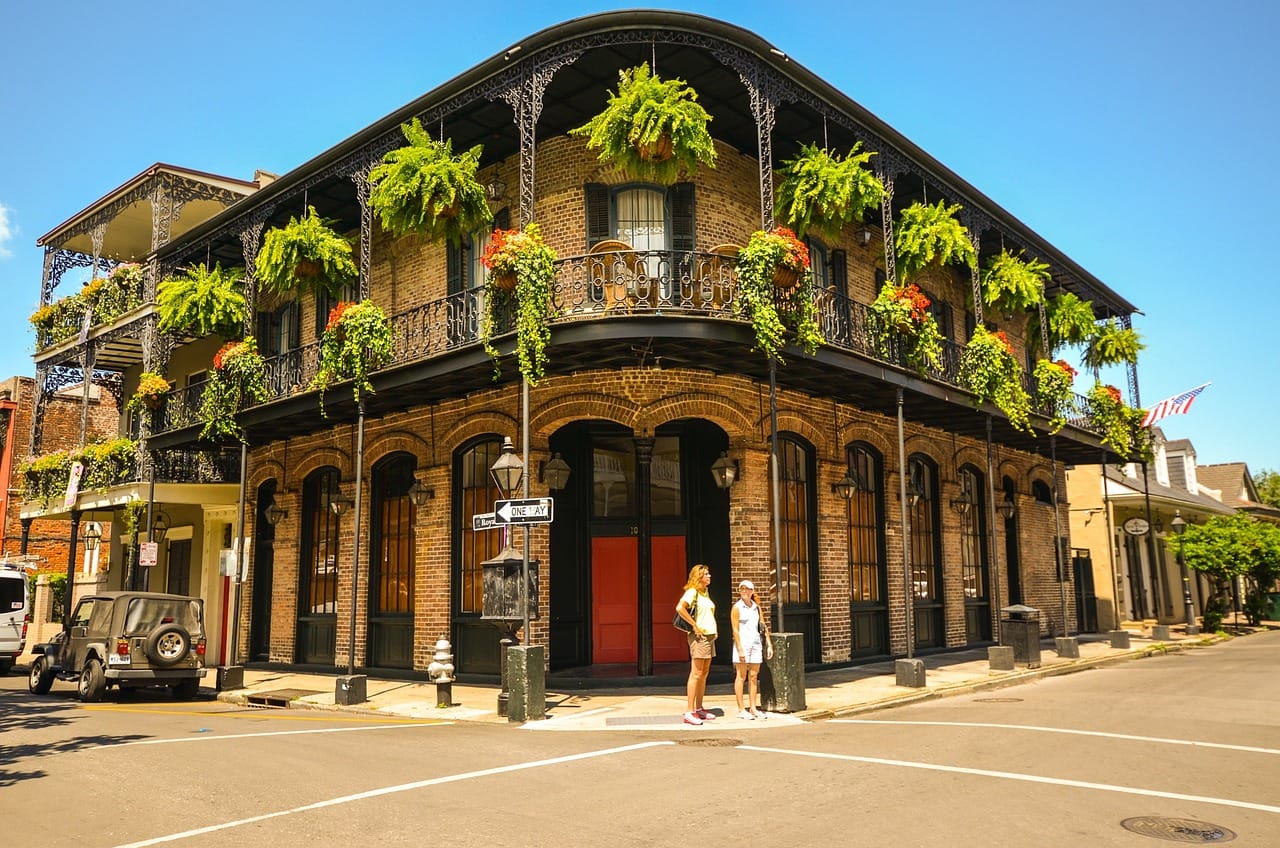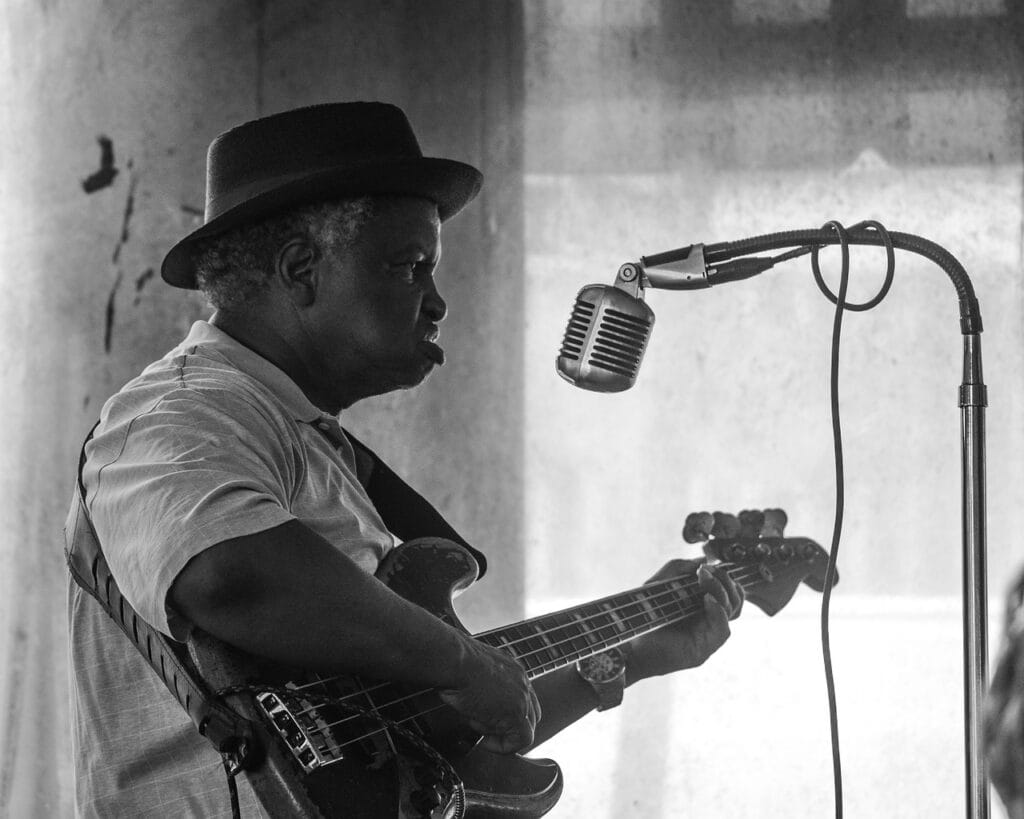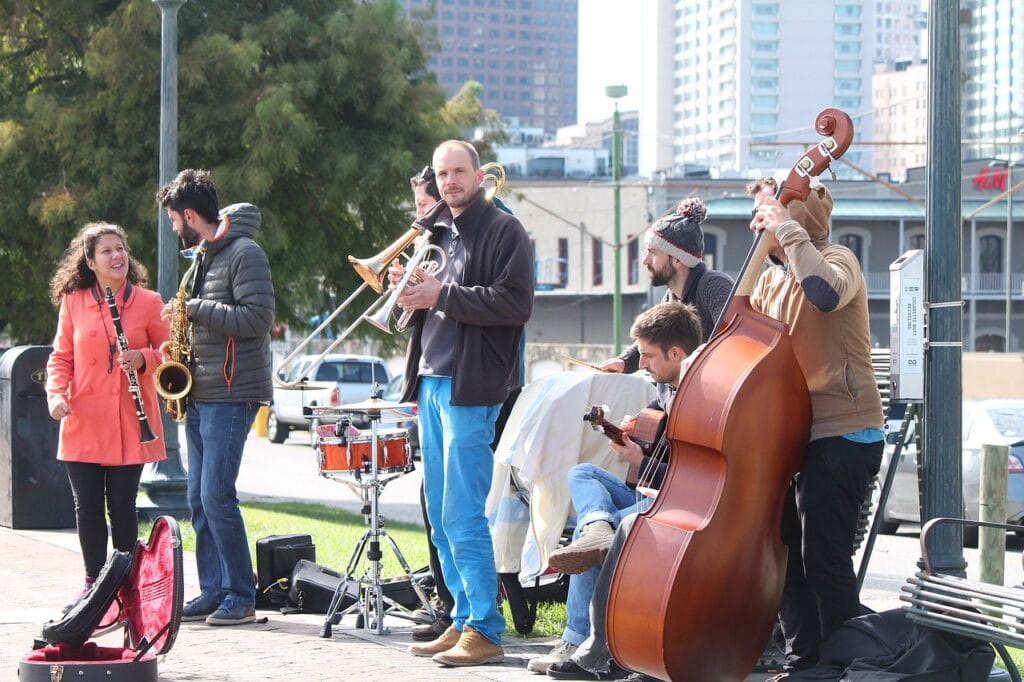When people think of New Orleans, the vibrant energy of the French Quarter often comes to mind. With its lively bars, jazz music, and colorful parades, the French Quarter represents the city’s spirit of celebration and resilience. However, there is much more to New Orleans than its tourist zones. The areas beyond the French Quarter, particularly those still grappling with the aftermath of Hurricane Katrina, paint a starkly different picture of the city’s recovery efforts.
Paul Kuharsky, a sports writer for the Tennessean, echoed these concerns in his article, “Saints Prove a Small Band-Aid for a Troubled City,” where he discusses the broader reality of life in New Orleans beyond the well-trodden paths of tourism. Nearly two decades after the hurricane, parts of the city remain devastated, with residents facing ongoing challenges related to housing, economic inequality, and a slow recovery process. Kuharsky’s insights serve as a reminder that while the New Orleans Saints football team has provided moments of joy and hope for many, the city still has significant work to do in rebuilding its communities.
[ez-toc]
New Orleans’ Post-Katrina Struggles: More Than Meets the Eye
The French Quarter remains a beacon of tourism and culture in New Orleans, often serving as the public face of the city’s recovery. However, the deeper story lies in the neighborhoods that are not on the typical tourist map—places where the effects of Hurricane Katrina are still evident. The flooding from the storm caused widespread devastation, and in many areas, recovery has been slow and uneven.
Kuharsky’s article highlights the reality that for much of New Orleans, the challenges extend far beyond the city’s most famous neighborhood. Tourists visiting the French Quarter may leave with the impression that the city has fully bounced back, but this perception is far from the truth. The French Quarter is merely a small portion of a larger city still dealing with broken infrastructure, displaced families, and struggling local businesses. While the tourism industry has helped drive some of the city’s recovery, much of the population continues to live with the consequences of underfunded rebuilding efforts and inadequate government assistance.
The Role of the New Orleans Saints in Post-Katrina Recovery
Sports have long been seen as a unifying force, and in New Orleans, the Saints football team holds a special place in the hearts of many. Following the devastation of Hurricane Katrina, the Saints became a symbol of hope and resilience for the city. Their return to the Superdome in 2006, a year after the storm, was an emotional moment, signaling that the city was beginning to heal. The team’s success, including their Super Bowl victory in 2010, brought pride and a sense of triumph to New Orleans.
Kuharsky aptly notes that while the Saints have provided much-needed joy and a temporary distraction from the harsh realities of life in New Orleans, they are not a solution to the city’s underlying problems. The team’s presence is important for the morale of the community, but the victories on the field cannot address the systemic issues that plague the city—issues such as poverty, housing shortages, and access to basic services.
For many New Orleanians, the Saints represent a glimmer of hope, but the daily realities of life in the neighborhoods beyond the French Quarter tell a much different story. Even as fans cheer for their team, they return home to communities that are still in disrepair, reminding us that the recovery process is far from complete.
Economic Inequality and Disparities in Recovery
One of the most pressing challenges facing New Orleans in the aftermath of Hurricane Katrina is the stark economic inequality that exists within the city. As Kuharsky points out, while the French Quarter and other tourist areas have seen significant investment and development, many low-income neighborhoods continue to struggle with inadequate housing, lack of job opportunities, and insufficient access to healthcare.
The city’s recovery has been uneven, with wealthier areas receiving more attention and resources than poorer neighborhoods. This disparity has only widened the economic gap in the city, leaving many residents feeling forgotten and marginalized. For example, areas like the Lower Ninth Ward, which was one of the hardest-hit neighborhoods during Katrina, have seen slower recovery efforts and continue to face challenges related to housing and infrastructure.
Despite the millions of dollars in federal aid that poured into the city after the hurricane, much of it failed to reach the communities that needed it the most. This has left many residents frustrated with both local and federal governments, as they feel their needs have been overlooked in favor of more visible areas like the French Quarter.
The Tourism Paradox: A Boon and a Burden
Tourism is one of New Orleans’ main economic drivers, and the French Quarter remains the epicenter of this industry. The influx of tourists brings much-needed revenue to the city, supporting jobs and local businesses. However, the focus on tourism has also created a paradox: while it helps some parts of the city thrive, it often overlooks or exacerbates the challenges faced by other neighborhoods.
The reliance on tourism means that areas like the French Quarter receive the majority of investment and resources, while neighborhoods further from the tourist hotspots are left to fend for themselves. This has led to a situation where the city’s most visible areas are thriving, while many residents continue to live in poverty and struggle with necessities.
Moreover, the tourism industry has driven up housing prices in certain parts of the city, making it difficult for longtime residents to afford to live in their neighborhoods. The rise of short-term rentals, such as those on platforms like Airbnb, has further exacerbated this problem by reducing the availability of affordable housing and driving up rent prices. As a result, many low-income residents have been pushed out of their homes, and forced to relocate to areas with fewer resources and opportunities.
The Path Forward: Addressing the Challenges Beyond the French Quarter
While the French Quarter will always be a symbol of New Orleans’ resilience and spirit, the city cannot fully recover until all of its neighborhoods are given the attention and resources they need to rebuild. Addressing the challenges facing areas beyond the tourist zones will require a concerted effort from both local and federal governments, as well as private investors and community organizations.
Investment in affordable housing, job creation, and infrastructure development is critical to ensuring that all New Orleans have the opportunity to thrive. Additionally, addressing the economic inequalities that have been exacerbated by the uneven recovery process must be a priority. This includes providing better access to education, healthcare, and social services for residents in low-income neighborhoods.
Moreover, the city must find a balance between supporting its tourism industry and ensuring that the benefits of tourism are shared more equitably across all neighborhoods. This could involve policies that encourage investment in areas beyond the French Quarter, as well as efforts to regulate short-term rentals to ensure that residents are not priced out of their homes.
Conclusion: A City of Contrasts
New Orleans is a city of contrasts. The vibrant energy of the French Quarter stands in stark contrast to the struggles faced by many neighborhoods still recovering from the devastation of Hurricane Katrina. While the New Orleans Saints and the city’s tourism industry have provided moments of hope and joy, the challenges facing areas beyond the tourist zones cannot be ignored.
As Paul Kuharsky’s article highlights, the recovery process in New Orleans is far from complete. Addressing the deep-rooted issues of economic inequality, housing shortages, and infrastructure challenges will require long-term commitment and investment. Only then can New Orleans truly move beyond the French Quarter and become a city where all of its residents have the opportunity to thrive.
Paul Kuharsky, a sports writer for the Tennessean, confirms Skip’s concerns in a Monday article where Kuharsky offers his impressions of life beyond the tourist zones in Saints Prove a Small Band-Aid for a Troubled City. Sounds like not much has changed in a year (See Big Easy MNF).



